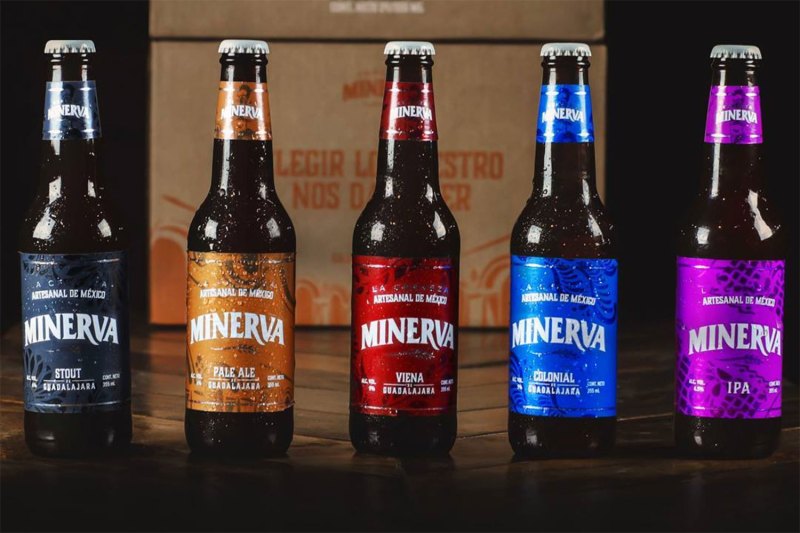As American craft breweries continue to dive into Mexican-style lagers, Mexico continues to develop a solid artisan beer scene of its own. Whether you’re headed to Mexico or not, check out some of these Mexican craft brews, if you can find them.
There’s certainly nothing wrong with grabbing some traditional Mexican lagers, like Pacifico, Corona, Dos Equis, Tecate, or Modelo, but to pack in a little more flavor, these breweries are brewing up beers just as fine as their industry compatriots to the north.
Baja Brewing

Since 2007, expat Jordan Gardenhire has been brewing up quality brews in Baja. The company now has three brewpubs in Los Cabos and brews up eight core beers along with seasonal beers. Baja Brewing started shipping beer into the U.S. in 2013 with Cabotella, the brewery’s blonde ale. In 2016, the IPA Por Favor — known as Peyote Pale Ale in Mexico —made its way to the U.S. Last year, the brewery’s black ale, Escorpion Negro, began distribution. Currently, the beers are available in California, Utah, Arizona, and Chicago.
Cerveza Minerva

In Jalisco, Cerveza Minerva makes an eclectic portfolio of beers, though they started with two original flagships, Kölsch and Vienna Lager. Today the main portfolio has seven beers, including a Citra IPA and the “ITA,” which is aged in tequila barrels. Seasonal beers made by Cerveza Minerva also include several winter specialty beers, such as a Christmas Ale. Started in 2003, the brewery now has 30% of the craft beer market in Mexico, according to the brewery. Pabst started importing the brewery’s beers into the U.S. a few years ago.
AquaMala Cerveza Artesanal

Since 2009, AguaMala has been situated less than a football field length away from the beach in Ensenada. With a tasting room fashioned from old shipping containers, AguaMala strives to be respectful to the ocean with its sustainable practices. AguaMala’s flagship line includes Mako 2.0 pale ale, Siren Pilsner, Red Tide Red IPA, Stingray Oatmeal Stout, Shipyard Imperial
Cerveza Urbana

In the rich craft beer state of Baja, Cerveza Urbana is making its beers in Mexicali. The brewery has two flagship brews: a West Coast IPA made with Citra and Simcoe called Crossover
Cerveza Rrëy

Founded in 2015 in Monterrey, Cerveza Rrëy takes care to make its beers close to classic styles and with proper ingredients. The brewery makes a Kölsch with classic German ingredients including Vienna and Pilsner malts and Hallertau hops. Its London-style ale is based on the common English brown ales in the U.K. and is made with English malts and Goldings hops. Like Urbana, Rrëy began its journey into the U.S. with Quest earlier this year.
Cervecería de Colima

Cervecería de Colima has a flagship line of beers made for the beach — except maybe its porter. The line includes the lager Colimita, tropical lager Cayaco, pale ale Paramo, and session IPA Piedra Lisa. The specialty beers dive a bit heavier, with an
Cervecería Insurgente

Yet another brewery in Baja California and Tijuana, Insurgente has three flagship beers, including Darkness, a light beer made for seafood with pilsner and wheat malts as well as orange and coriander. An American brown ale accompanies “the brewery’s most coveted beer” La Lupulosa, a West Coast IPA. The brewery has also made its way just north of the border in SoCal.


